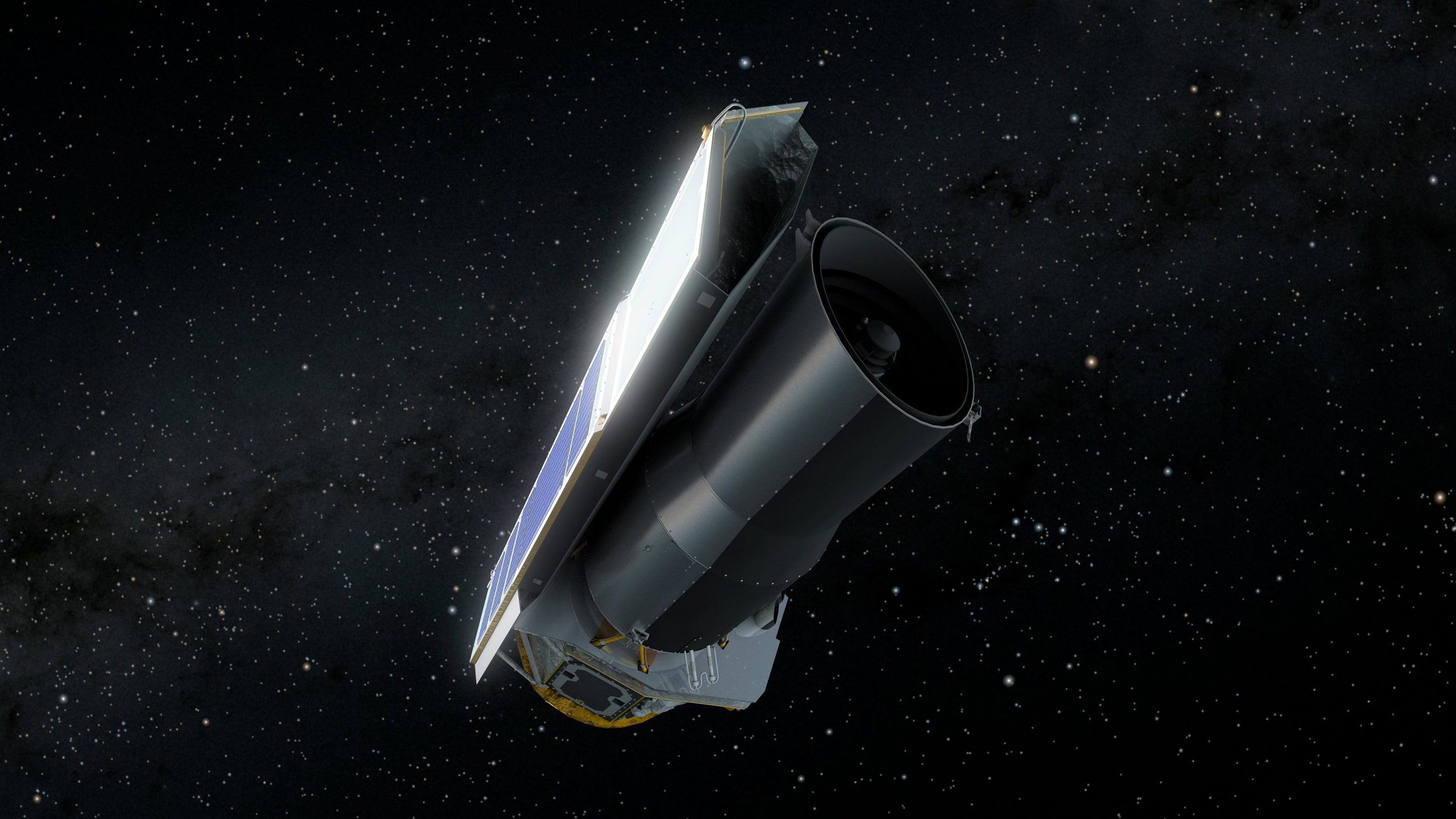
Webb will see much farther into the infrared than Hubble could. This is why its mirrors are coated in gold: compared with silver or aluminium, gold is a better reflector of infrared light and red light. This stretching means what started out as extremely energetic ultraviolet radiation from young, hot and massive stars will be received by Webb as infrared light. As the light from these very faint galaxies travels across the vast gulf of space, and 13.8 billion years of time, it gets stretched by the overall expansion of the Universe in a process we call “ cosmological redshift”.

Webb’s primary mission will be to witness the birth of the first stars and galaxies in the early Universe. The remaining tiny motions will take place over the next few months.ĭeployment sequence of the James Webb Space Telescope. The entire process involved more than 300 single points of failure (mechanisms that had only once chance to work). It must also be completely protected from the Sun – achieved by a 20m multilayered reflective sunshield.Īll of Webb’s major spacecraft deployments, including the unfurling of the primary mirror and sunshield, were completed on January 8. This means it must be kept far away from Earth, which is a source of heat and light.

#Space telescope plus
For Webb this means unfolding and positioning the 18 hexagonal segments of the primary mirror, plus a secondary mirror, to a precision of 25 billionths of a metre.Īlso, Webb will be observing infrared light, so it must be kept incredibly cold (roughly -233℃) to maximise its sensitivity. For a large telescope to produce the sharpest images possible, the mirror’s surface needs to be aligned along a curve with extreme precision. Second, there were two major engineering marvels to accomplish with Webb. The James Webb Space Telescope hanging in space after separating from the Ariane launch vehicle over the Gulf of Aden, between Yemen and Somalia.


 0 kommentar(er)
0 kommentar(er)
